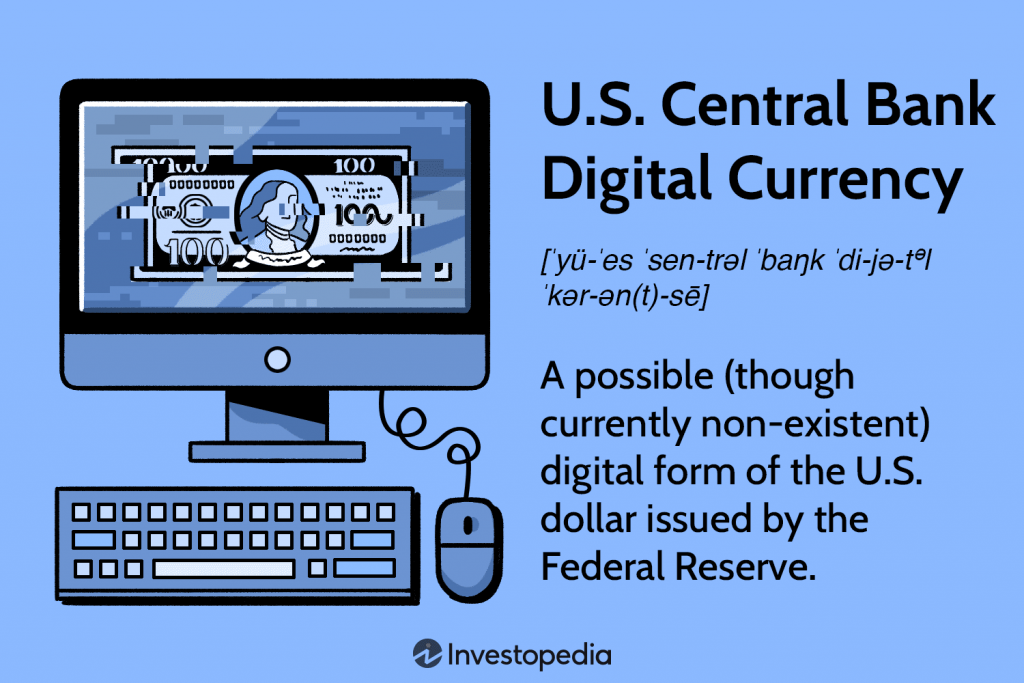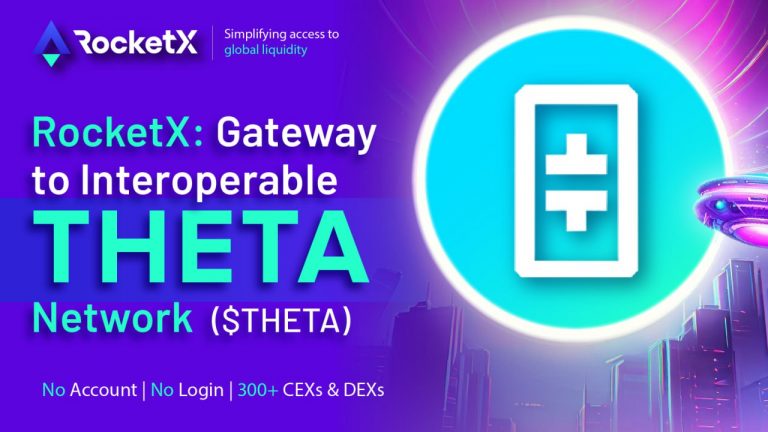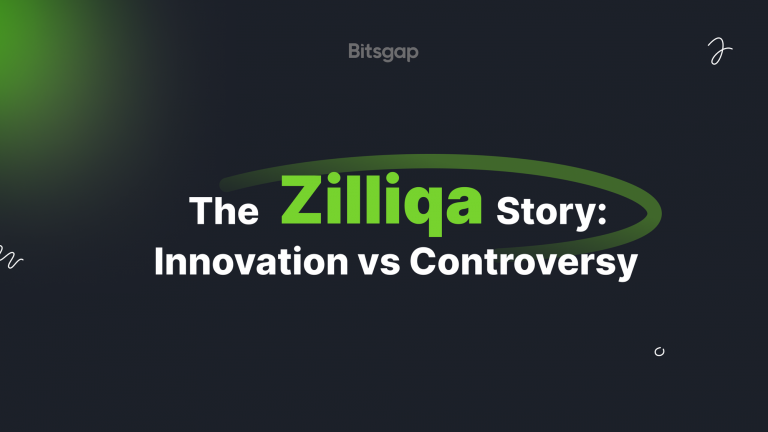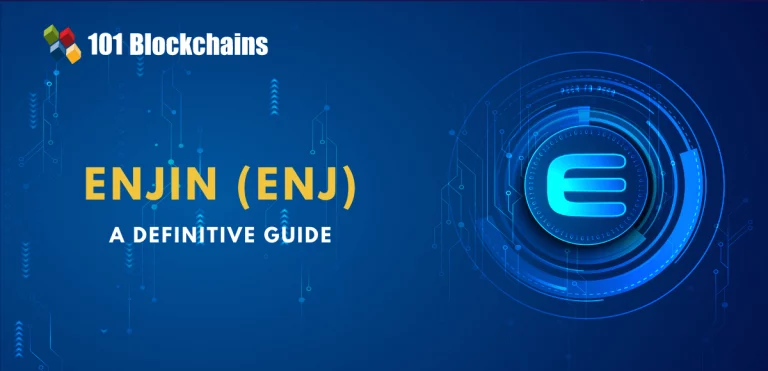
The Digital Dollar A New Era of Money
The Digital Dollar, a central bank digital currency (CBDC) being developed by the Federal Reserve, represents a significant shift in the way money is created, distributed, and used. As the United States explores the potential of this digital asset, it is crucial to understand its implications for the economy, financial institutions, and individuals.
Understanding the Digital Dollar
The Digital Dollar is a digital representation of the U.S. dollar, issued and backed by the Federal Reserve. Unlike cryptocurrencies like Bitcoin, the Digital Dollar is not a decentralized asset. Instead, it is controlled and regulated by the central bank, ensuring its stability and security.
The Benefits of the Digital Dollar
The Digital Dollar offers several potential benefits, including:
- Increased Efficiency: Digital payments are faster and more efficient than traditional cash-based transactions, reducing costs and improving the overall efficiency of the economy.
- Financial Inclusion: The Digital Dollar can help to bring more people into the formal financial system, particularly those who are unbanked or underbanked.
- Resilience: A CBDC can provide a backup payment system in case of disruptions to traditional payment systems.
- Innovation: The introduction of a CBDC can foster innovation in the financial sector, leading to new products and services.
The Challenges of the Digital Dollar
The implementation of a CBDC also presents several challenges, including:
- Privacy Concerns: Balancing privacy with security is a key challenge in designing a CBDC.
- Interoperability: Ensuring interoperability with existing payment systems is crucial for the success of a CBDC.
- Technical Infrastructure: Developing and deploying a CBDC requires a robust technical infrastructure and cybersecurity measures.
- Public Acceptance: The public needs to be educated about the benefits of CBDCs and their usage.
The Future of the Digital Dollar
The future of the Digital Dollar is uncertain, as the Federal Reserve is still exploring the potential benefits and risks of implementing a CBDC. However, the project has generated significant interest and could have a profound impact on the US economy.
If the Digital Dollar is successfully implemented, it could transform the way Americans transact and manage their finances. It could also provide a model for other countries considering the introduction of their own CBDCs.
In conclusion, the Digital Dollar represents a significant development in the world of finance. While there are challenges to overcome, the potential benefits of a CBDC are substantial. As the Federal Reserve continues to explore this initiative, it will be interesting to see how the Digital Dollar shapes the future of money and finance in the United States.



